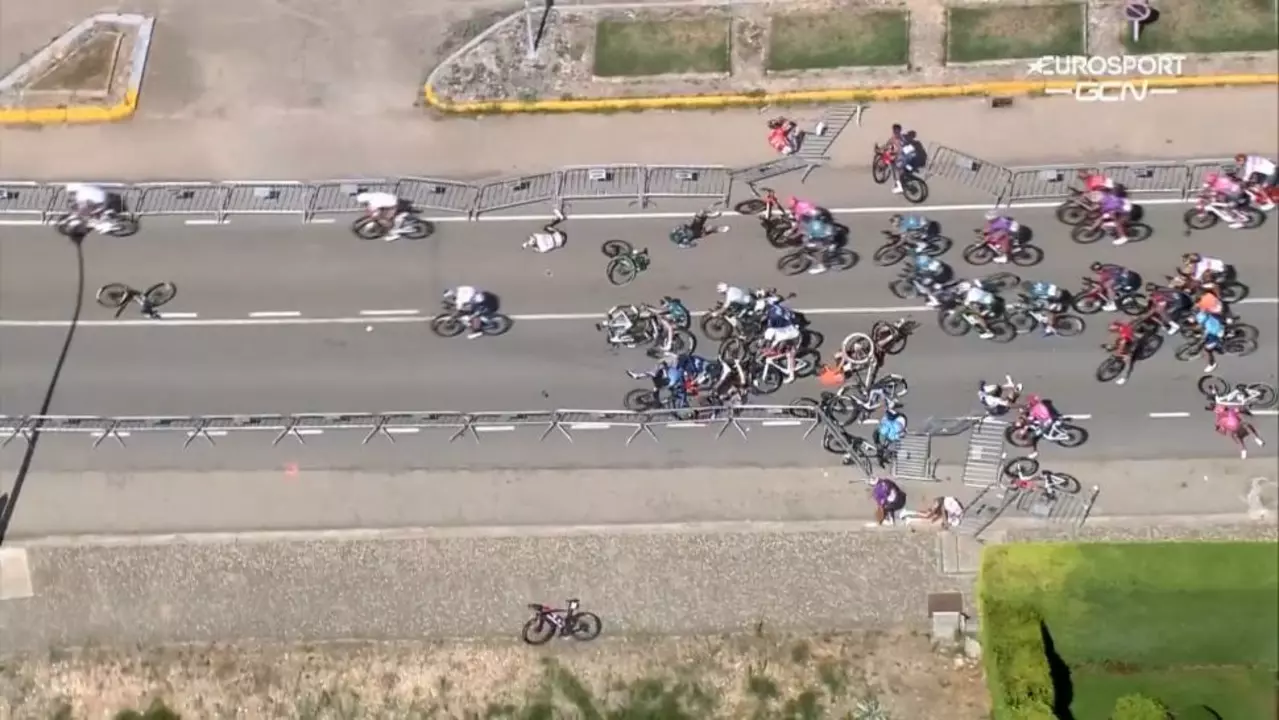Kit – Essential Cycling Gear and Apparel
When you think about kit, the full set of clothing and equipment a cyclist uses on the bike. Also known as cycling kit, it includes everything from jerseys and shorts to helmets and shoes. A well‑chosen kit optimises comfort, safety and performance on any ride.
Another key piece of the puzzle is cycling apparel, which covers jerseys, bib shorts, jackets and gloves. Good apparel balances breathability, weather protection and fit. Pair that with bike accessories, such as pedals, bottle cages and lights, and you have a complete system that enhances efficiency and safety. The relationship is clear: the kit encompasses apparel, and both rely on accessories to function at their best.
How Kit Relates to Performance, Safety and Style
The central entity kit requires proper fit to avoid chafing, enables aerodynamic positioning, and influences confidence on the road. A helmet, for example, is a safety component that helmet protects the head from impacts and improves aerodynamics. Cycling shoes cycling shoes transfer power more efficiently to the pedals, turning a casual ride into a faster, smoother experience. The combination of these elements creates a semantic triple: kit includes apparel, apparel requires proper fit, and fit leads to better performance.
Seasonal changes also shape kit choices. In winter, insulated jackets and wind‑proof gloves become essential; in summer, lightweight jerseys and breathable shorts dominate. This shift demonstrates how kit adapts to environmental conditions, showing that the same core entities can have different attributes depending on the context. Knowing when to swap a long‑sleeve layer for a short‑sleeve one can be the difference between a comfortable ride and a miserable one.
Beyond function, kit allows cyclists to express individuality. Bold colours, retro designs, and custom prints let riders showcase personality while still meeting technical requirements. The aesthetic side interacts with performance: a rider who feels good in their kit is more likely to ride longer and push harder. This subtle relationship ties together the psychological and physical aspects of cycling.
In the collection below you’ll find posts that dive deep into each piece of the kit puzzle – from choosing the right cycling pants for women to understanding why professional cyclists hit such high speeds downhill. Whether you’re looking for gear recommendations, performance tips, or a glimpse into the latest trends, the articles are grouped to give you a clear roadmap through the world of cycling kit.
Ready to explore the specifics? Scroll down to see how each element of your kit can be tuned for comfort, safety and speed, and pick up practical advice you can apply on your next ride.
